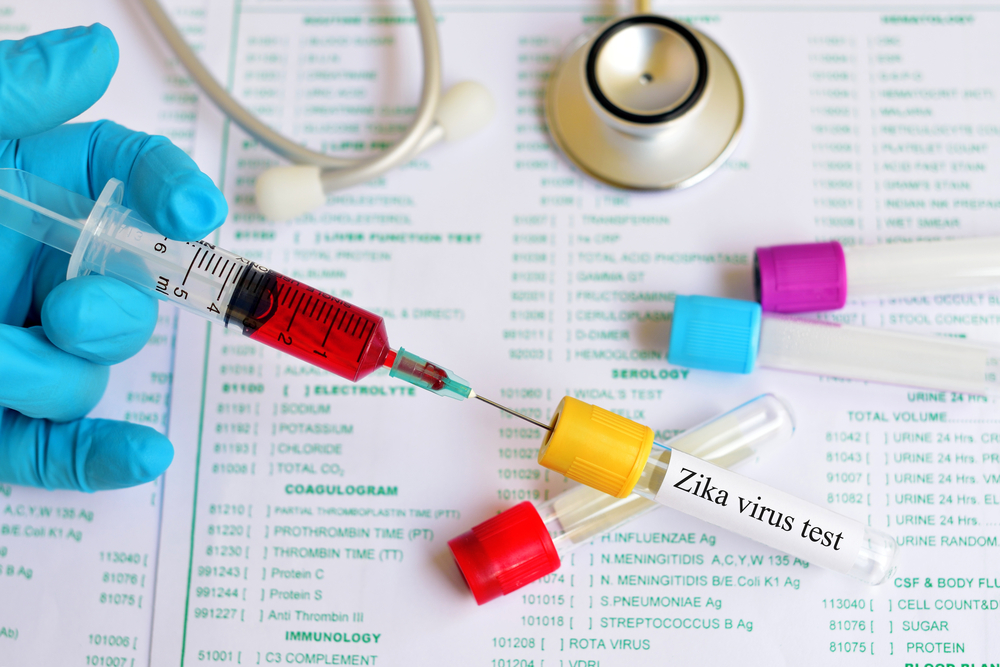
A health alert notice was issued last week by the U.S. Centers for Disease Control and Prevention (CDC), which provides guidance for healthcare professionals for interpreting Zika virus test results for women to who live in, or travel to, areas with a CDC Zika travel notice.
The CDC said the change was made because its Zika testing guidance for pregnant women relied in part on a test that detects Zika-related antibodies or proteins that the body produces when attempting to fight off the disease. Due to newly-discovered data, however, the CDC found that Zika antibodies may stay in the body for months after infection for certain individuals, ultimately producing a false negative test.
To assist healthcare professionals in evaluating women without symptoms who frequent areas under a Zika travel notice, the CDC recommends professionals screen pregnant women for risk of ZIka exposure and symptoms of the virus, including the use of nucleic acid tests (NAT).
The CDC also recommended that healthcare practitioners consider NAT testing at least once during each trimester of a pregnancy to detect evidence of the virus and that they consider testing specimens obtained during amniocentesis to detect evidence of the virus if amniocentesis is performed for other reasons.
“Our guidance today is part of our continued effort to share data for public health action as quickly as possible,” Henry Walke, incident manager for Zika response efforts at the CDC, said. “As we learn more about the limitations of antibody testing, we continue to update our guidance to ensure that healthcare professionals have the latest information for counseling patients who are infected with Zika during pregnancy.”
Zika virus is typically transmitted by the Aedes aegpyti species mosquito and sexual contact. Symptoms in most cases involve joint pain, fever, rash, and headaches. More severely, the virus has been linked to microcephaly of the fetus in pregnant women and Guillain-Barré syndrome. Approximately one in five people infected with the virus develop symptoms of any kind, making it difficult to diagnose without new diagnostic tools.




